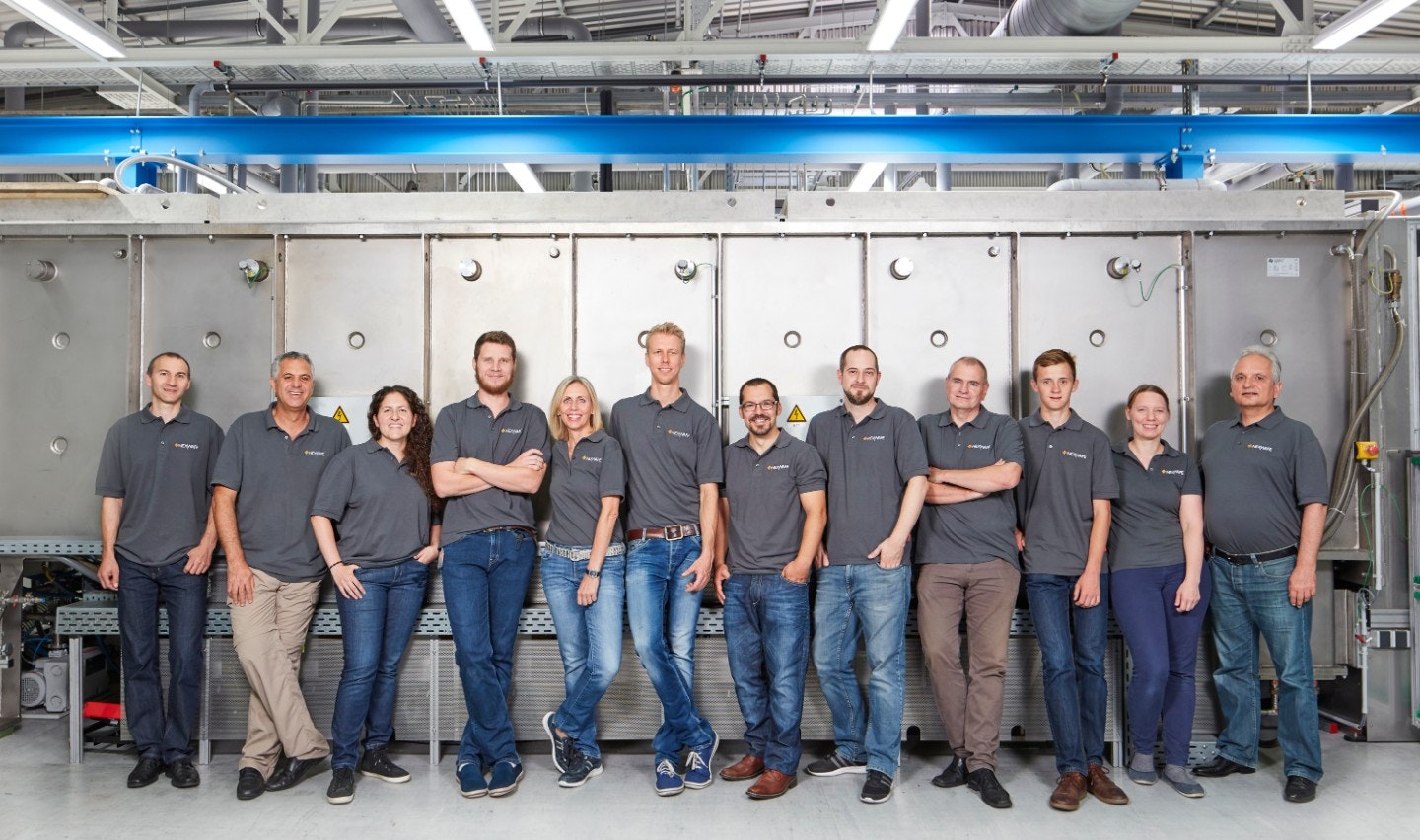Most founders should not be raising venture capital.
You do not need to build a unicorn.
Nine times out of ten, you’d be better off focusing on revenue, raising a small round from angels or a micro VC if needed, getting to profitability and being acquired by another company in your industry. Or hanging on and growing profitably.
This path can produce life-changing money for you and great returns for your angel investors, at lower risk.
Show me the incentive, I'll show you the outcome
Why has everyone been telling you to build a unicorn?
In the last 10-15 years, low interest rates and tales of fame and fortune in Silicon Valley meant that billions flowed to venture capital investors. And unicorns were the only way for most funds to make their business model work:
- Let’s say you have a $200m VC fund, a fairly normal amount for a Series A fund or a very large seed fund.
- Your own investors (the limited partners, or LPs) are looking for gross returns (before expenses) of at least 4x — ~$800m
- After expenses (your management fees, the fund’s costs), this will return about 3x invested capital.
- Your investors could quadruple their money by just buying and holding in the Nasdaq for 10 years, at much lower risk, so in reality, you actually need to be aiming even higher.
- You get to make about 30 or so investments from that fund. So those 30 investments have to return $800m.
- If you assume an average ownership of 10% in each company, you need to hit a total of $8bn in market cap to make your numbers work, an average of roughly $267m per company.
- You’ll also need to assume that one or two businesses will return the majority of your invested capital (due to the Power Law distribution of returns, which states that a small number of investments in VC generate the majority of value) — so really, every business needs the potential to be worth $5bn or more.
This is what VCs call fund economics.
And it gets trickier…
VCs are incentivised to raise larger and larger funds because they can make significant cash management fees while they're investing, and don’t have to wait for payouts from portfolio companies exiting. Median fund sizes in Europe have doubled over the past five years.
As funds get bigger and bigger, they need to invest in even bigger and bigger outcomes to return capital to investors — that means decacorns and centacorns.
It's why, as a founder who has taken VC money, you may feel you’ve been encouraged to take irrational risks, and fed a narrative that not to do so is cowardly. You are told that you're likely to fail anyway, so why not swing for the fences?
However, that isn't strictly true.
Pumping a company full of cash, telling it to spend aggressively and grow at all costs increases the probability it becomes a unicorn (maybe). But it also increases the probability of failure.
CB Insights have published interesting research on this. Even after an IPO, the best-funded startups tend to underperform those who raised less. In fact, the companies that raised the most almost uniformly struggled to create long-term growth.
Another way
Forget about fundraising. Go back to basics. Build something people want, focus on your customer and make money.
This is, in fact, what many great founders do, whether they set out with that initial goal or not.
In the late noughties, a young Irish entrepreneur named Patrick Collison built Auctomatic, a software company that created tools for the eBay platform. The company received roughly $400k in funding from Y Combinator and well-known investor Chris Sacca.
It was then acquired for $5m in March 2008.
Free from financial worries and able to take bigger risks, Patrick soon started working on a new idea with his brother John. That company, Stripe, is now worth billions.
Then there are the hugely successful companies who never raised VC cash, or only raised very little. Look at Mailchimp (raised nothing, exited for $12bn) and Zapier (raised $1.3m, now worth ~$5bn).
Or the classic example: Microsoft. They only ever raised $1m in VC funding, in 1981, and they were already making money when they did it.
Interest rates have risen, and growth capital is now scarce. The incentives for VCs have changed as a result. So has the narrative; now they’re telling you they like profits, not crazy growth.
But the fundamental principle of business never changed. Businesses exist to provide a valuable product or service and, sooner or later, to make a profit.
Maybe your business will be a unicorn, maybe it won’t. But that should not be your goal.
In the immortal words of Paul Graham, just make something people want.



